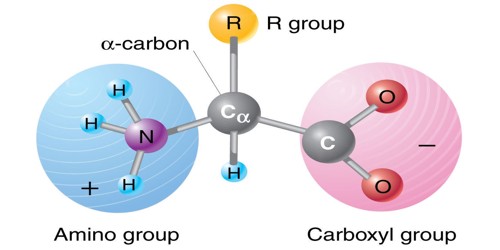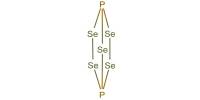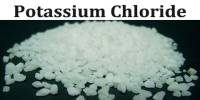Amino acids are the building blocks of proteins. The term ‘amino acid’ is short for α-amino [alpha-amino] carboxylic acid. In eukaryotes, there are 20 standard amino acids out of which almost all proteins are made. The key elements of an amino acid are carbon (C), hydrogen (H), oxygen (O), and nitrogen (N).
In biochemistry, an amino acid is any molecule that has both amine (NH2+R) and carboxyl (C=O) functional groups. Each molecule contains a central carbon (C) atom, called the α-carbon, to which both an amino and a carboxyl group are attached. In biochemistry, this term refers to alpha-amino acids with the general formula H2NCHRCOOH, where R is one of many side groups. The remaining two bonds of the α-carbon atom are generally satisfied by a hydrogen (H) atom and the R group.

Amino acids are compounds that combine to make proteins. About 500 amino acids are known. For animals, the most important thing that these acids do is to make proteins, which are very long chains of these acids. Every protein has its own sequence of these acids, and that sequence makes the protein take different shapes, and have different functions.
The body needs 20 different amino acids to maintain good health and normal functioning. Nine of the 20 standard amino acids are “essential” amino acids for humans. They cannot be built (synthesized) from other compounds by the human body, and so must be taken in as food. The body then combines the amino acids in various ways to carry out bodily functions. Others may be essential for some ages or medical conditions. Because of their biological significance, amino acids are important in nutrition and are commonly used in nutritional supplements, fertilizers, feed, and food technology. Industrial uses include the production of drugs, biodegradable plastics, and chiral catalysts.
Structure
An amino acid is an organic chemical. It consists of an α-carbon atom that is covalently bonded to four groups.
- a hydrogen atom
- an amino group (-NH2)
- a carboxyl group (-COOH)
- a variable R group
Amino acids play central roles both as building blocks of proteins and as intermediates in metabolism. Every amino acid has at least one amino group (-NH2) and one carboxyl group (-COOH), except proline.
















